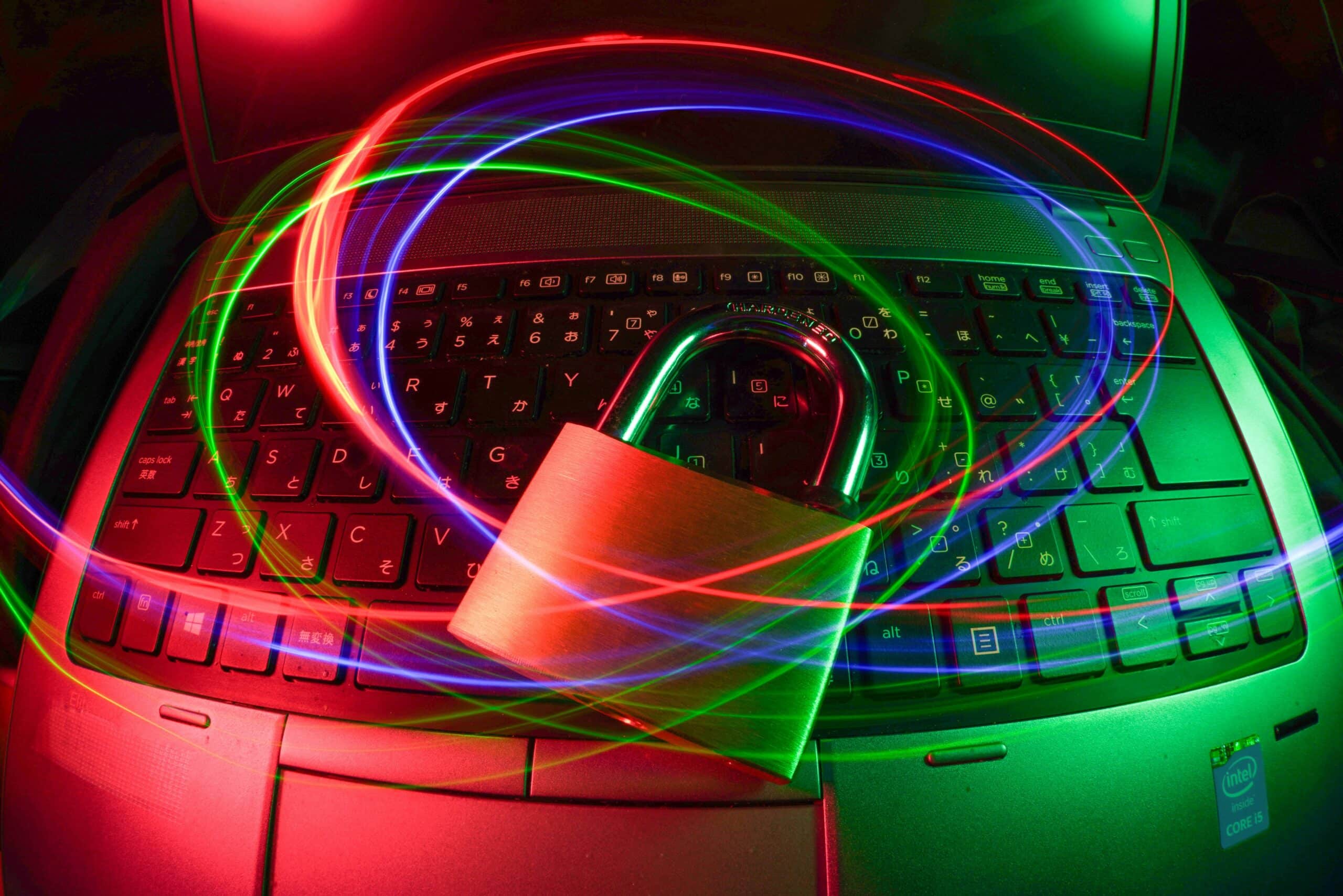Two-factor authentication is a common security measure used by both individuals and businesses to keep their accounts safe. As technology progresses and hackers become more intelligent with additional safety measures, it is often asked, is 2FA really safe? We have outlined more information about wha

Two-factor authentication is a common security measure used by both individuals and businesses to keep their accounts safe. As technology progresses and hackers become more intelligent with additional safety measures, it is often asked, is 2FA really safe?
We have outlined more information about what 2FA is, the benefits and any safety disadvantages. Safety measures should be the top priority when protecting a business, so it is important to be at the forefront of industry changes.
Two-factor authentication is a cybersecurity measure that requires users to give two forms of authentication to confirm their identity to the account, platform, or system they are trying to access. It is an additional layer of security that requires more than a password to make it more difficult for hackers to get access to the account.
This is the process of how 2FA comes into play when a user is accessing an account. If the user has the initial password they can either be granted or denied access based on the second authentication layer:
There are multiple ways a user can implement two-factor authentication, including the following:
This way of 2FA gives a user a code that is sent straight to their phone or email to enter. It is a push notification that is sent to where the user declares when setting up the authentication. This way, it adds an extra layer of security should a hacker have the password to the account they’re trying to access.
Downloading apps such as Google Authenticator to generate a time-sensitive code. Time sensitivity is a great security measure as the codes will constantly change and you have to enter within a certain timeframe.
Biometric approval is most commonly in the form of your Face or Fingerprint ID. This means a user has to have this recognition to gain access to the account. For 2FA, it is hard for hackers to replicate this due to the uniqueness of the information, so it provides strong security.
The user plugs in or taps a physical key to register their identity. This is almost impossible for hackers to bypass this method as you need to be physically present for it to be approved.
Often, accounts can be tied to specific locations/ devices, meaning the authenticator can recognise when a user has logged in through unfamiliar means. You will often receive a push notification through your contact details (eg email) to take action if a device or location isn’t recognised.
Two-factor authentication is a safe way to keep accounts protected with an additional layer of security. The main benefits include:
While two-factor authentication is a reliable, additional safety measure, it is never deemed 100% safe. Here are some safety disadvantages:
Two-factor authentication is a beneficial security layer for businesses with correct usage, management and education for employees. It is important that all users are aware of phishing scams and ways that hackers can access the information should they not spot the warning signs when handing over sensitive information.
Otherwise, 2FA is a low-cost solution for businesses to adopt and have as standard practice to keep their accounts and data safe.
Here at SES Computers, we have specialist IT Security Services with over 20 years’ experience in helping UK businesses keep their data safe. Whether you’re a start up business or a large enterprise, our managed cyber-security services will be tailored to your technology infrastructure with round-the-clock management. We also have vulnerability management solutions to mitigate any security weaknesses before they can be exploited.
For more information, please contact our experts by filling in our contact form.